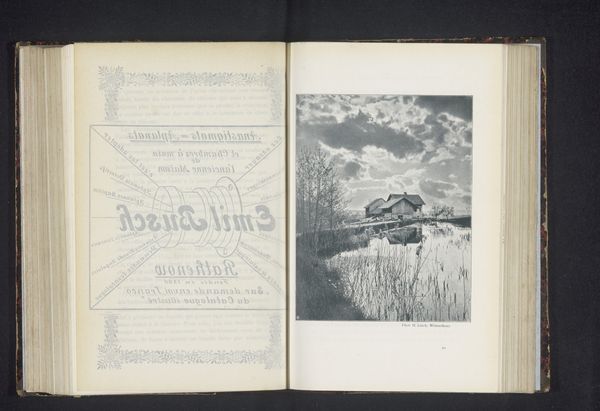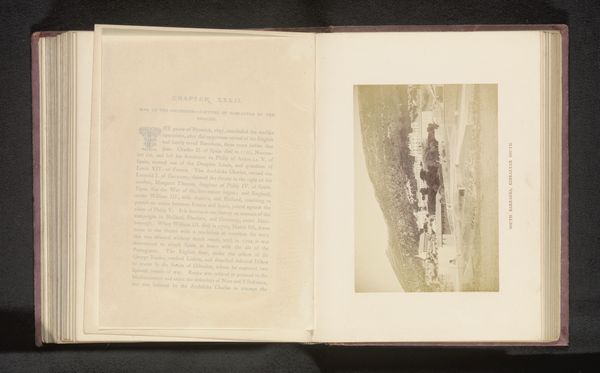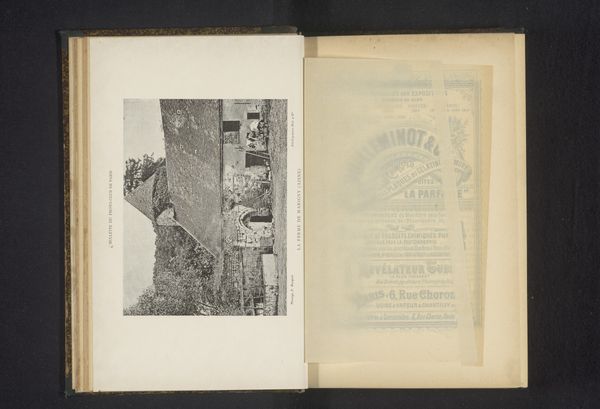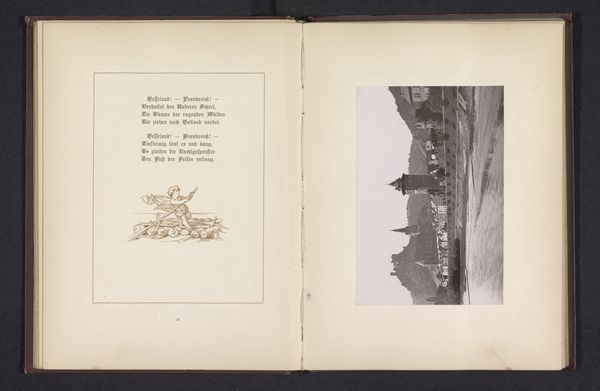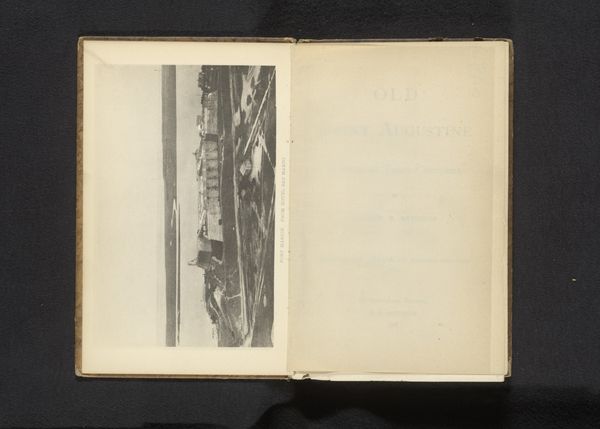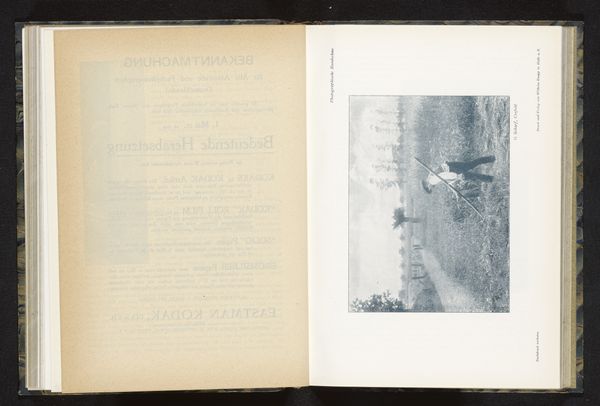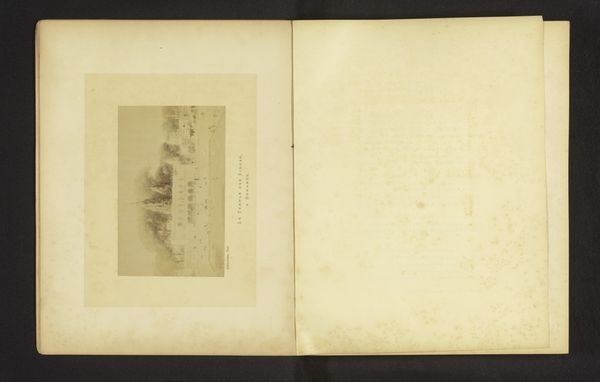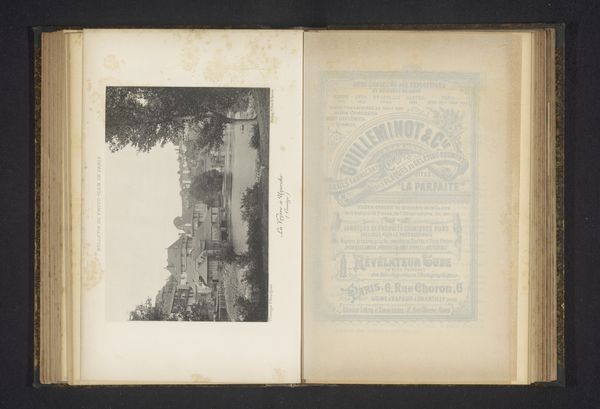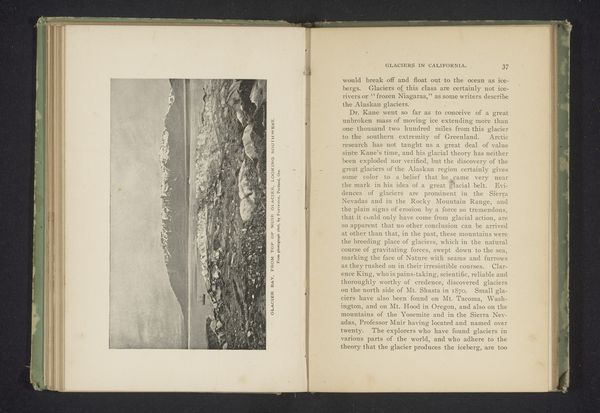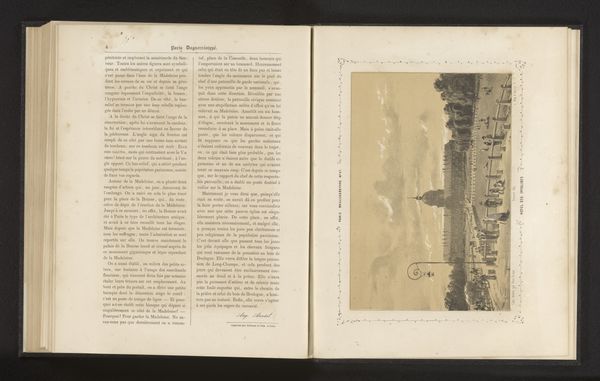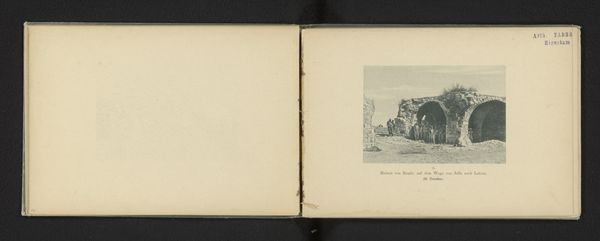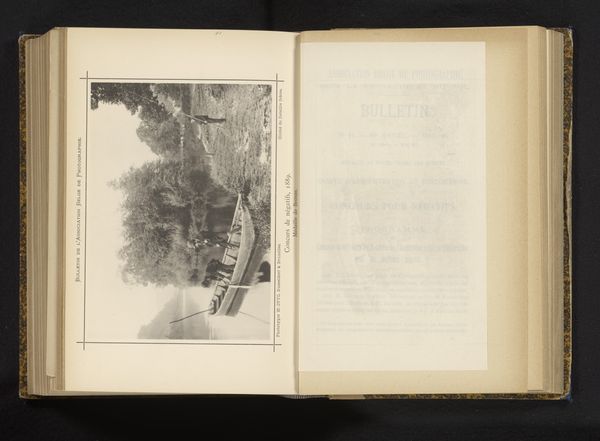
print, photography, albumen-print
#
lake
# print
#
landscape
#
photography
#
mountain
#
albumen-print
#
realism
Dimensions: height 110 mm, width 151 mm
Copyright: Rijks Museum: Open Domain
Editor: This albumen print, "Vissers op het meer" or "Fishermen on the Lake", by John F. Revilliod, dating back to before 1902, has this really calming, almost melancholic mood to it. The composition is quite simple, featuring a boat with figures against this vast, muted landscape of a lake and mountains. What can you tell me about how this type of scene might have been viewed in its time? Curator: It's fascinating to consider this image in the context of late 19th-century Romanticism, though shifting to realism. Landscape photography like this was often deeply intertwined with ideas of national identity and the picturesque. The "common man" was romanticized to inspire a sense of community in the viewer. Who would be seeing an image like this and where would it be seen? Editor: Probably in the home, maybe in books, displayed as a symbol of national pride, if I were to guess? I notice that this is contained in an open book. Would people buy books as they would prints, or vice-versa? Curator: Exactly. Think of this in dialogue with the Industrial Revolution and a growing middle class. Mass production of photography and illustrated books created wider access to art, so art could serve the political purposes of solidifying cultural values for diverse populations. How do you think that plays out here? Editor: Hmmm... by idealizing these rural fishing folk, does it perhaps present a softened view of labor? Curator: Precisely. It allows viewers, likely from more urban settings, to appreciate an imagined authenticity, maybe distracting from the era’s socio-political problems in burgeoning cities. And consider the perspective from the upper bank or terrace, a view for the elite. It is staged as consumption of beauty, but also for controlling narratives. Editor: That makes perfect sense! I hadn't thought about it as a potential tool for reinforcing class structures. Curator: And notice also that a mountain backdrop creates a mood of permanence and grandeur that inspires national sentiments and suggests a strong shared identity. This connects even anonymous fisherman to shared strength. Editor: This really gave me another way to see it! It’s not just a pretty picture; it's a statement about society and culture. Curator: Indeed! Art often operates in service to politics, identity, and narratives beyond its obvious imagery. Thinking about those forces will help with interpreting much of art!
Comments
No comments
Be the first to comment and join the conversation on the ultimate creative platform.
